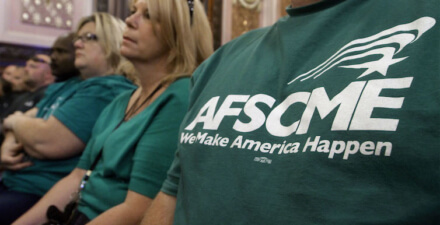Monopsony power and guest worker programs
WP-MONOPSONY POWER AND GUEST WORKER PROGRAMS-Gibbons ET AL-20190228
Authors:
Eric M. Gibbons, Ohio State University, Marion
Allie Greenman, University of Nevada, Reno
Peter Norlander, Loyola University Chicago
Todd Sørensen, University of Nevada, Reno
Abstract:
Guest workers on visas in the United States may be unable to quit bad employers due to barriers to mobility and a lack of labor market competition. Using H-1B, H-2A, and H-2B program data, we calculate the concentration of employers in geographically defined labor markets within occupations. We find that many guest workers face moderately or highly concentrated labor markets, based on federal merger scrutiny guidelines, and that concentration generally decreases wages. For example, moving from a market with an HHI of zero to a market comprised of two employers lowers H-1B worker wages approximately 10 percent, and a pure monopsony (one employer) reduces wages by 13 percent. A simulation shows that wages under pure monopsony could be 47 percent lower, suggesting that employers do not use the extent of their monopsony power. Enforcing wage regulations and decreasing barriers to mobility may better address issues of exploitation than antitrust scrutiny.






